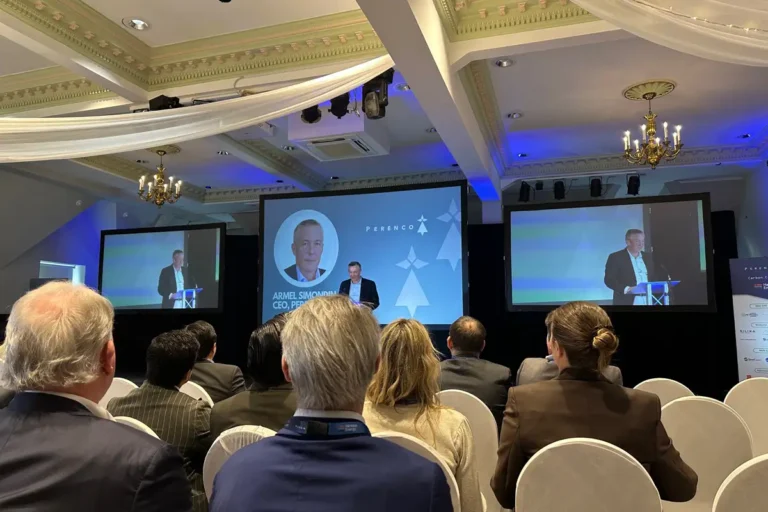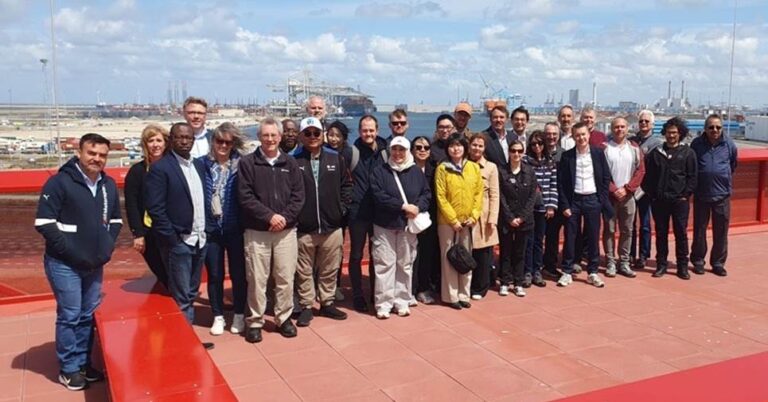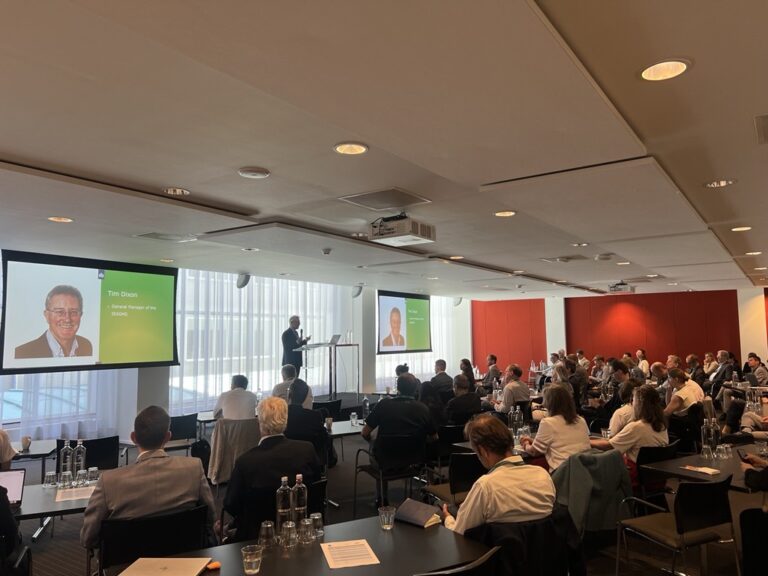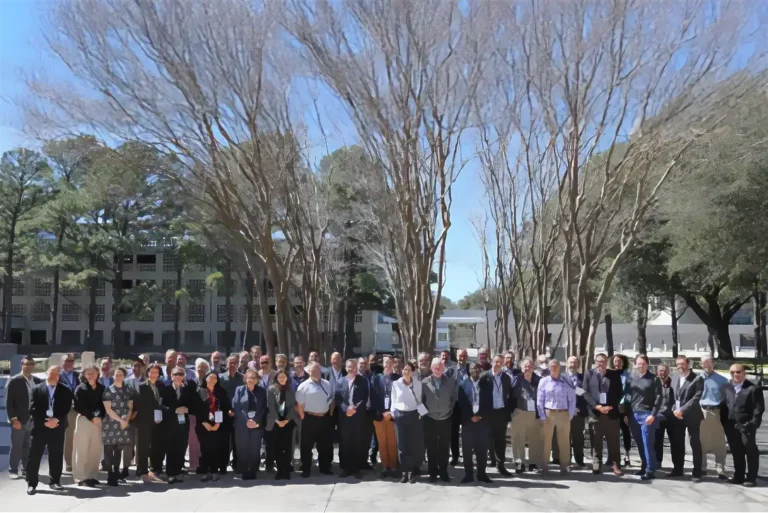
The Project Poseidon Joint Venture – Leman 27H CO2 Injection Test Launch Ceremony
14 March 2025
IEAGHG were honoured to be invited along with 120 other guests to celebrate the Poseidon Project’s CO2 injection test into the Leman field in the Southern North Sea.

IEAGHG were honoured to be invited along with 120 other guests to celebrate the Poseidon Project’s CO2 injection test into the Leman field in the Southern North Sea, representing the first commercial CO2 injection into the UK subsurface; a milestone to be truly celebrated.
The reception held at Dunston Hall, Norwich, was hosted by the project partners: Perenco, Carbon Catalyst and Harbour Energy. In the opening address, Armel Simondin, CEO of Perenco welcomed all the guests and thanked the many partners, contractors, and service providers for bringing this project to fruition. Commenting on the historic link of Dunston to Brittany, where the founder of Perenco hailed (according to the Domesday book, Dunston was an estate of Alan of Brittany).
Jo (Jonathan) White (General Manager of Perenco UK) followed, noting that there is often a fine margin between success and failure. The practical demonstration of CO2 injection in UK waters by Project Poseidon marks a turning point for the CCS industry and for the country.
Perenco has ~1000 people employed in Norwich. For 20 years, it has provided natural gas in the UK and has the largest infrastructure in the Southern North Sea (SNS). It produces 40% of the SNS gas and will continue to do so for decades. A concerted effort has been made to reduce emissions over time, and they are well ahead of the emissions pathway. UK natural gas currently supplies 50% of all UK demand. Perenco are adding 10% growth year-on-year and it makes sense to rely on homegrown resources with a low emissions profile as imports are known to be significantly more CO2 intensive.
This CO2 injection test unlocks opportunities for neighbouring assets and nations. The hard work has just begun, scaling up to industrial scale and bringing connectivity to the network. This will require focus and pragmatism on the part of the regulators. Jo emphasised the need to move at pace to meet targets made by the UK Government as 2050 is not a distant horizon.
Local MP Steff Aquarone joined online and stated that this project represents a huge leap forward for technology internationally. For the UK and for Bacton, he looked forward to following the progress with interest.
Hedvig Ljungerud, Director of Strategy at the North Sea Transition Authority (NSTA) followed. She emphasised that they do policy because they want to see real-world outcomes. In 2023, the NSTA awarded 21 licenses in the first CO2 license round, of which this was one. This injection test is an important proof of concept and it’s great to see it in reality. The recent 7th carbon budget confirms the need for CCS. The NSTA awarded its first permit in December last year, and more licenses will surely follow. She recognised that many operators will learn from the Poseidon project.
Mathew Tailor, Deputy Director of the UK’s Department of Energy Security and Net Zero (DESNZ) spoke on behalf of all the CCS team at DESNZ that they were all celebrating and thanks to an engaging LinkedIn content had been following along the journey. Actively involved in developing the business models for CCS, Matthew recognised the significance of this milestone, underscoring the many challenges ahead of bringing the multiple parts of the value chain together at pace and scale whilst developing a commercial market. Pragmatic solutions are required to ensure cost-effective services for customers.
Finally, Louis Hannecart, CCS manager at Perenco gave an up-to-date history of the injection test and acknowledged all on the rig.The Poseidon project has leaned heavily on the learnings and expertise gained from previous injection tests such as Greensands, Denmark in 2023 and Cygnus, Australia in 2025. However, the project is bigger and more depleted than Cygnus and is offshore, with higher injection thresholds to meet industrial scale.
The injection test of 5000 tonnes, shipped in 10-15 batches, is now halfway through and indications are good. Injection is proceeding under gas, dense and supercritical phase, and will test out the cooling of the reservoir through Joules Thompson effect. The reservoir is currently at -8 degrees C, and is performing well. There are lots of learnings.
It’s an important step for NSTA, regarding safety. MMV, creating a small-scale MMV plan. With agile and rapid solutions. It represents a series of UK permitting firsts, the well test consent was given by NSTA and OPRED, the first Storage Exploration and Appraisal Agreement was approved by the Crown Estate, and the Safety Case for rig and platforms was awarded by the Health &Safety executive.
Leman is a fantastic store, expensive but worthwhile if it works. It has compartments that can build in redundancy. With a capacity of 200-250MT to start with and the ability to continue the gas operation. There are promising initial results that will be important for the Rotliegends reservoir and will be relevant for our Dutch neighbours. Data from this test will help bring the industry one step closer and deliver a safe, affordable service to the emitters. Showing that the injection rate is achievable and stable is an important factor; all indications are positive.
Louis then introduced a video from the rig showcasing the operations, and a drinks reception followed. IEAGHG congratulated the whole project team on this important milestone and were delighted to join this event.
Other articles you might be interested in
Get the latest CCS news and insights
Get essential news and updates from the CCS sector and the IEAGHG by email.
Can't find what you are looking for?
Whatever you would like to know, our dedicated team of experts is here to help you. Just drop us an email and we will get back to you as soon as we can.
Contact Us Now









